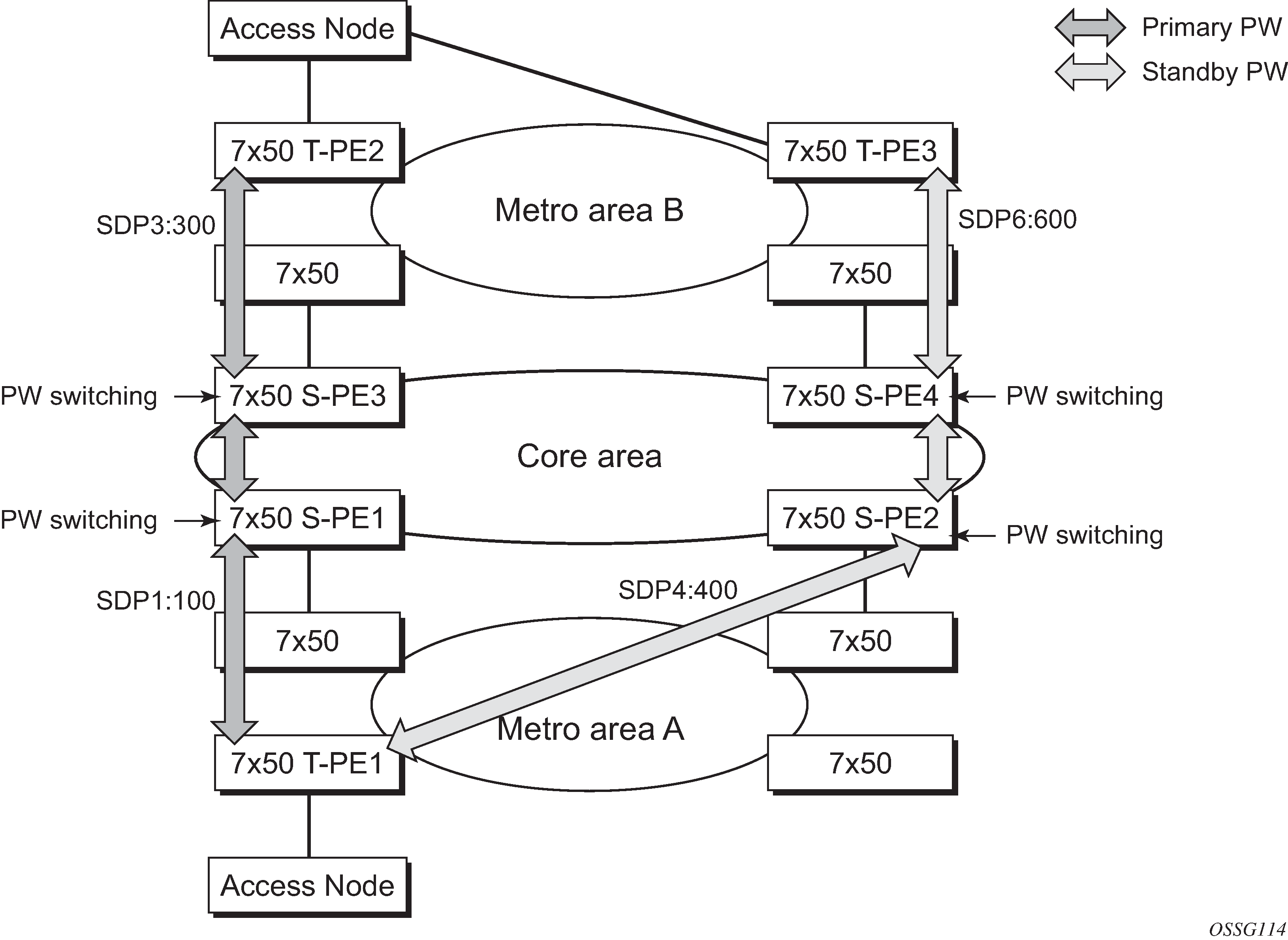Figure 1 shows the use of both pseudowire redundancy and pseudowire switching to provide a resilient VLL service across multiple IGP areas in a provider network.

Pseudowire switching is a method for scaling a large network of VLL or VPLS services by removing the need for a full mesh of T-LDP sessions between the PE nodes as the number of these nodes grows over time.
Like in the application in VLL Resilience with Two Destination PE Nodes, the T-PE1 node switches the path of a VLL to a secondary standby pseudowire if a network side failure caused the VLL binding status to be operationally down or if T-PE2 notified it that the remote SAP went down. This application requires that pseudowire status notification messages generated by either a T-PE node or a S-PE node be processed and relayed by the S-PE nodes.
It is possible that the secondary pseudowire path terminates on the same target PE as the primary; for example, T-PE2. This provides protection against network side failures but not against a remote SAP failure. When the target destination PE for the primary and secondary pseudowires is the same, T-PE1 normally does not switch the VLL path onto the secondary pseudowire upon receipt of a pseudowire status notification indicating the remote SAP is down, because the status notification is sent over both the primary and secondary pseudowires. However, the status notification on the primary pseudowire may arrive earlier than the one on the secondary pseudowire because of the differential delay between the paths. This causes T-PE1 to switch the path of the VLL to the secondary standby pseudowire and remain there until the status notification is cleared. Then, the VLL path is switched back to the primary pseudowire because of the revertive behavior operation. The path does not switch back to a secondary path when it comes up, even if it has a higher precedence than the currently active secondary path.
For the 7750 SR, this application can make use of all types of VLL supported on the routers; for example, Apipe, Fpipe, Epipe, and Ipipe services. A SAP can be configured on a SONET/SDH port that is part of an APS group. However, if a SAP is configured on an MC-LAG instance, only the Epipe service type is allowed.